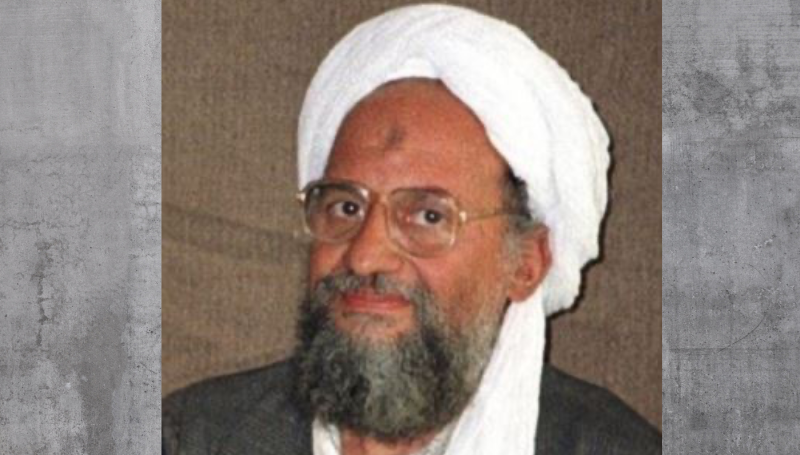Shane Harris
Washington Post, Aug. 2, 2022
Ayman al-Zawahiri, the 71-year-old leader of al-Qaeda, stepped onto the third-floor balcony of his house in an exclusive neighborhood of Kabul around 6:15 a.m. Sunday. He usually appeared in the morning, shortly after daybreak. Sometimes he read. He was always alone.
And the CIA was watching.
After hunting the co-planner of the Sept. 11, 2001, attacks for more than two decades, U.S. intelligence personnel had tracked Zawahiri a few months earlier to a safe house in Kabul’s Shirpur neighborhood, where senior Afghan officials own mansions. Members of the Haqqani Taliban faction, who patrolled the area, knew exactly who their new neighbor was, U.S. officials said.
Intelligence analysts monitored the house, creating a “pattern of life” based on the comings and goings of the occupants. They paid especially close attention to the man who, as far as they could tell, never left. The others — now believed to be Zawahiri’s wife, his daughter and her children — took steps to avoid being followed home whenever they ventured out. “Long-standing terrorist tradecraft,” one senior administration official called it.
The house appeared to be located in the secure section of the neighborhood, behind a large bank and several guarded alleys lined with government compounds. It was just a short distance from the former top U.S. military headquarters and U.S. Embassy in downtown Kabul.


